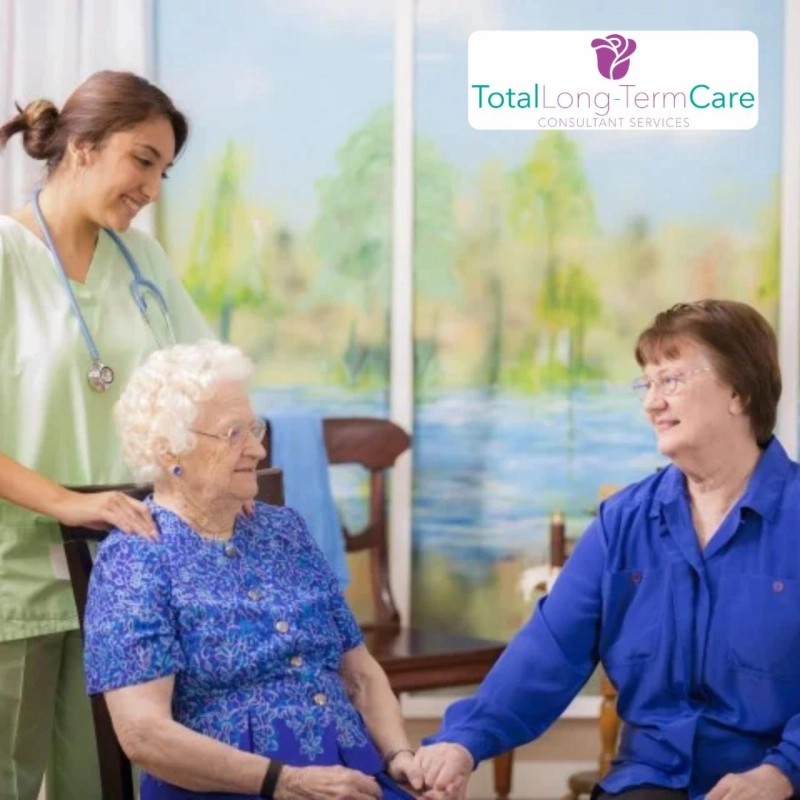Caring for older adults calls for compassionate strategies. Aging has its unique aspects through which families and caregivers together pass. Recognizing these hurdles is the first step to finding reasonable, practicable solutions.
Care models have been developed with newly emerged relations. Their primary idea has evolved towards more respect for the independence of older adults. These strategies are laying the foundation for new opportunities to enhance their well-being.
This blog will explore the seven most impactful developments in long-term care for older adults.
Significant Developments in Long-Term Care for Seniors
The following innovations are key to advancing long-term care for seniors:
1. Telehealth Services
Telehealth services establish effective communication between patients and clinicians. Elderly patients consult healthcare providers at home via telehealth, eliminating travel and saving time for care. The family can be included in updates on health-related information. This second benefit can significantly assist in long-term ailments. Video calls allow providers to do regular check-ins to adjust treatment accordingly and avoid unnecessary hospital visits.
2. Wearable Technology
Wearable technology provides instantaneous monitoring of relevant health information, such as heart rates, sleep patterns, and exercise levels. This technology encourages seniors to take responsibility for their health, making monitoring more viable. When needed, it connects seamlessly with apps for data storage. Caregivers can assess the trends analyzed to pinpoint health problems. Wearable technology also encourages healthy behavior patterns, such as simple things like taking walks or sleeping better. Thus, it promotes health management from a proactive perspective.
3. Dementia-Supportive Environments
Dementia-friendly settings improve safety and comfort. Clear pathways and labeled cabinets eliminate confusion. Homes and care facilities designed in this manner uphold independence. One who learns their loved one is safe and cared for is comforting to families. Changing environments considerably increases impact. Special lighting, soothing colors, and soundproofing techniques are even going beyond, helping the voice of dementia.
4. Person-Centered Care Plans
Across the world, care models are shifting toward considering the personal aspirations and needs of the individual. Working closely with families, caregivers, and healthcare teams ensures that care fits one's preferences. These holistic strategies address everything from physical to emotional health. This model builds trust and ultimately improves outcomes for older people. Family members become active participants in creating the caregiver plan. Clear communication with the care team ensures that every relevant part of the loved one's life gets proper attention.
5. Robotic Assistance
Robots help with everyday needs. Robotic arms, mobility support systems, and medication reminders seek to make life easier for the elderly. They help caregivers and the elderly maintain their independence in daily functioning. Robotics improves life by relieving specific needs and assisting caregiving. Developments in robotics are on the rise. Some robots help with cooking or cleaning. Others carry on conversations for companionship or entertainment. This uptick in innovation assists in filling gaps in caregiving, mainly when a human touch is unavailable.
6. Community Programs
Programs promoting social interaction keep seniors connected. Group activities, exercise classes, and craft workshops foster participation. These initiatives fight feelings of loneliness and support mental health. Engaging in the community also provides respite for caregivers while enriching the experience of those participating in the events. Programs often feature intergenerational activities that bring two or more generations together. Such interactions forge meaningful relationships and diminish isolation.
7. Comprehensive Care Management
Coordinating multiple care needs is essential. Comprehensive care management encompasses everything from clinical to social and financial planning. Regular review serves to ensure current needs are met. Family members are assisted through myriad options to ease stress and confusion. Leading long-term care consulting companies specialize in providing coordinated support. This includes helping patients and clients with insurance or other government programs. It may also include arranging for home modifications, equipment, or transport.
Summary
New solutions are making an impact on long-term care for older adults. From telehealth to community-based programs, they are designed to meet pressing needs. Innovations of this nature are geared toward improving independence and dignity so seniors can live well. Innovation allows for integrating technology with personalized care, contributing to the comfort and safety of the elderly. Fostering relationships among families, caregivers, and providers is also part of an integrated approach to care.
With a focus on individualized attention, guardian consulting services support families in addressing healthcare challenges successfully.


